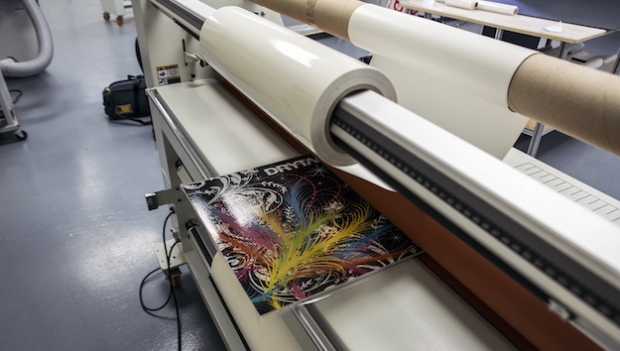
The lamination film industry is evolving rapidly—and purchasers have a real opportunity to lead the change. With sustainability, digital transformation, and innovation driving the market forward, staying informed and proactive isn’t just smart—it’s essential.
In this blog, we’ll break down the latest trends in the lamination industry and share simple, effective steps that buyers and procurement professionals can take to stay competitive, eco-friendly, and future-ready.
Sustainability Takes Center Stage
Today, sustainability isn’t just a “nice to have”—it’s a must. Brands and consumers alike are demanding environmentally responsible packaging. That means using biodegradable, recyclable, and compostable lamination films is no longer optional; it’s expected.
Companies are shifting from multi-material films (which are tough to recycle) to mono-material structures—like PE or PP-based laminates—that are easier to process in recycling streams. These films reduce CO₂ emissions and align with global sustainability goals.
What Purchasers Should Do:
Choose suppliers offering recyclable or biodegradable films, and ask about their environmental certifications and lifecycle impact. This helps boost your brand’s green credentials while reducing your carbon footprint.
Digitalisation & Automation Are Reshaping the Industry
Digital technologies are transforming how lamination films are made and delivered. From real-time production monitoring to AI-powered quality control, digitalisation helps reduce waste, cut lead times, and improve consistency.
Automation, especially in slitting, laminating, and converting processes, speeds up production while reducing errors and material waste.
What Purchasers Should Do:
Partner with digitally advanced suppliers. Ask how they use technology to improve lead times, reduce defects, or offer real-time tracking. This ensures better supply chain visibility and faster go-to-market times.
Advanced Lamination Techniques Are Creating New Possibilities
Innovators in the industry are now offering multi-layer, high-barrier, and precision lamination solutions that go beyond just appearance. These techniques improve product shelf life, enhance moisture and oxygen barriers, and reduce overall packaging weight.
Some suppliers are even developing films that combine sustainability with smart features like QR codes, temperature indicators, or tamper-evident seals.
What Purchasers Should Do:
Stay curious. Explore new lamination formats that can improve functionality or unlock new market segments. Engage in R&D partnerships with suppliers to co-develop next-gen packaging.
Personalisation & Customisation Are Driving Value
Modern consumers expect packaging that speaks to their unique preferences. Whether it's size, design, functionality, or sustainability—customised lamination films let brands deliver that personal touch.
What Purchasers Should Do:
Work closely with suppliers to develop tailor-made lamination solutions that reflect your brand’s needs and customer expectations. Customisation builds stronger relationships and opens up niche markets.
E-commerce Is Fueling Packaging Growth
With the rise of e-commerce, there’s a massive demand for packaging that’s durable, attractive, and sustainable. Lamination films now need to protect products in transit while still creating a great unboxing experience.
What Purchasers Should Do:
Focus on high-strength, lightweight films that look great and offer protective performance. Ensure your lamination packaging aligns with your e-commerce strategy and reflects your brand values.
New Markets, New Opportunities
Emerging economies in Southeast Asia, Africa, and Latin America are seeing fast growth in retail, food service, and healthcare—all of which need high-quality laminated packaging.
What Purchasers Should Do:
Look beyond traditional markets. Build supplier relationships and distribution networks in high-growth regions to gain first-mover advantage and unlock new demand.
Make Data-Driven Decisions with Lifecycle Assessment (LCA)
To truly go green, companies need to understand the full environmental impact of their packaging—from raw materials to end-of-life disposal. That’s where LCA tools come in.
What Purchasers Should Do:
Ask your suppliers for product carbon footprint (PCF) data or help conduct lifecycle assessments. This supports better decision-making and helps meet sustainability reporting requirements.






